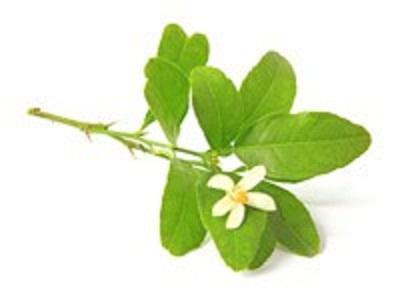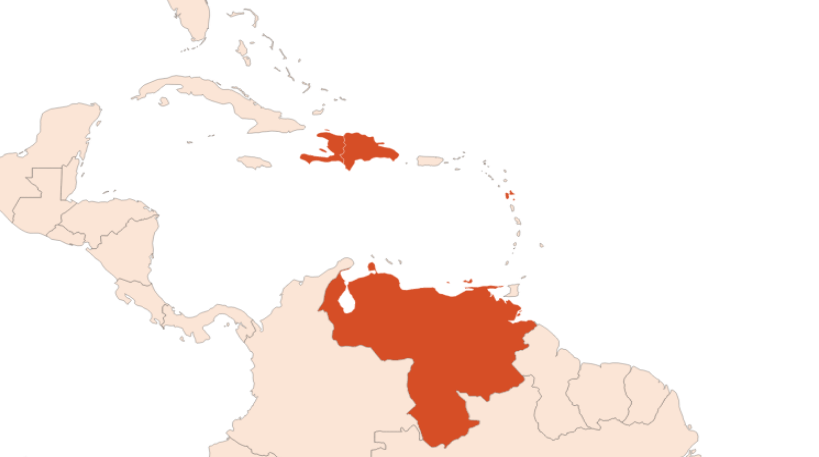
| Company | Ingredient Name | ID | Naturality | Purity | Latin name | Treated part | Geographical origin | Certifications | Comments | MOQ |
|---|---|---|---|---|---|---|---|---|---|---|
|
|
Huile essentielle d'Amyris - 30 gr | - | - | - | - | - | - | more | - |
General Presentation
-
CAS N° : 8015-65-4
-
EINECS number : 90320-49-3
-
FEMA number : Donnée indisponible.
-
Density :
-
Optical rotation : Donnée indisponible
-
Allergens : This ingredient does not contain any allergen.
-
Refractive Index @20°C : Donnée indisponible
-
Volatility : Base
-
Price Range : €€€
-
Appearance : Colorless liquid
Uses
Other comments :
Amyris is also called ''torchwood '' because of the highly flammable nature of its wood.
Once very present in Haiti, Amyris has now almost disappeared from the island.
Stability :
Big solubility issues in perfumes.
Uses in perfumery :
Used in reproductions of cheap sandalwood notes, in woody and floral perfumes to bring a woody note and naturalness.
Major Components :
- Valerianol (20-30%)
- Alpha-Elemol (≈10%)
- Alpha-Eudesmol (≈9%)
- Beta-Eudesmol (≈8%)
- Gamma-Eudesmol (≈8%)
- 7-epi-alpha-Eudesmol (≈7%)
- 10-epi-gamma-Eudesmol (≈6%)

Photo credits: ScenTree SAS
Botanique :
Amyris balsamifera L.
Synonyms : Amyris funckeana Turcz. // Elemifera balsamifera (L.) Kuntze
Chemotypes :
There are some rare species of the genus Amyris. Amyris balsamifera is the only one grown for perfumery. There is also the Amyris elemifera.
Extraction process :
In Haiti and other growing countries, Amyris is cultivated for its wood, very fragrant, due to the presence of a very powerful resin in its fibers.
The thin trunks are cut and stored in the open air, in piles, after removal of their branches.
The extraction can only be done after the wood has been crushed to reduce it into chips. The extraction is carried out under steam pressure, then condensed at the end of the process and settled in a Florentine flask.
Geographic origin :
Data not available.
Regulations & IFRA
This ingredient is not restricted

